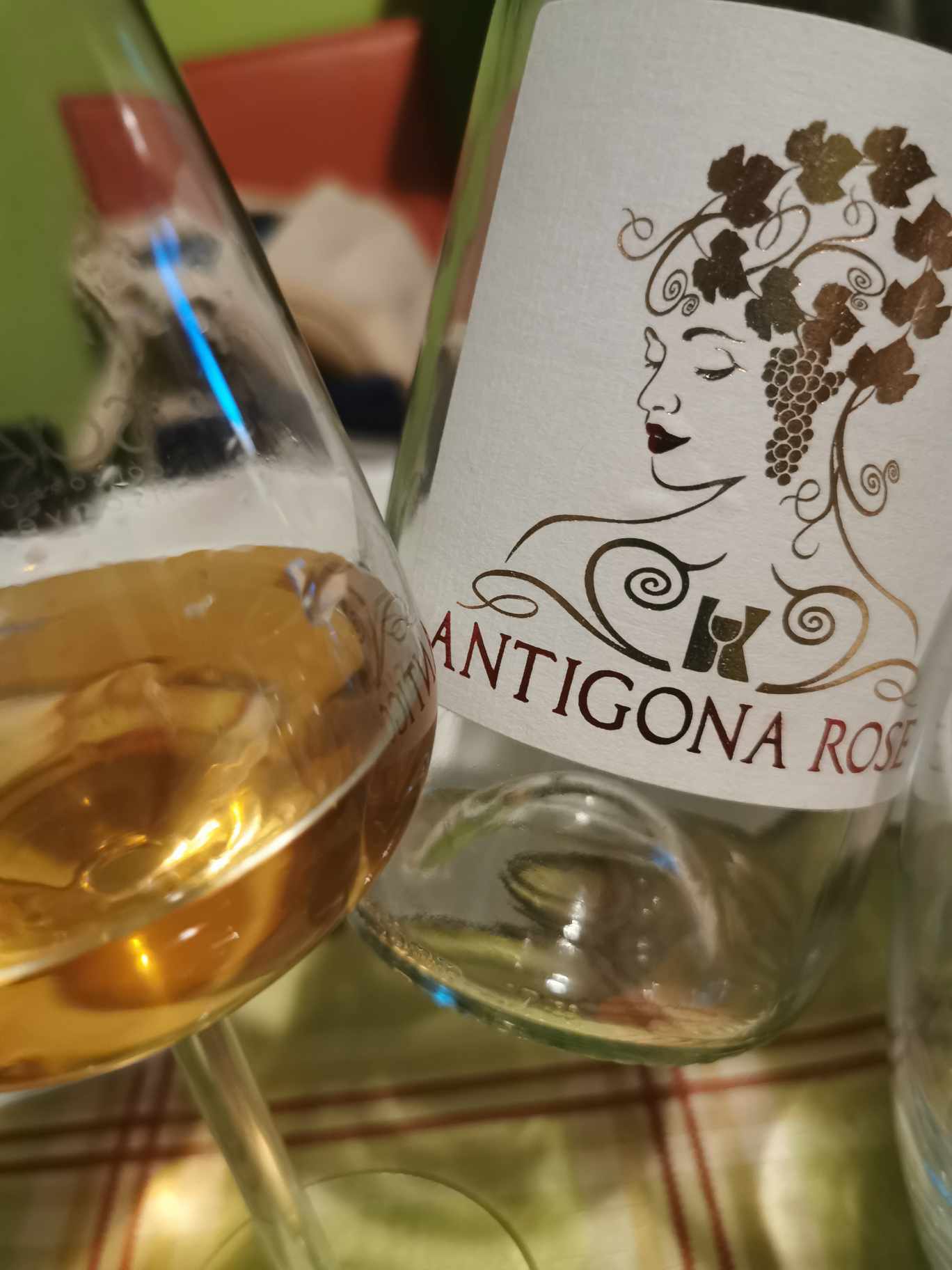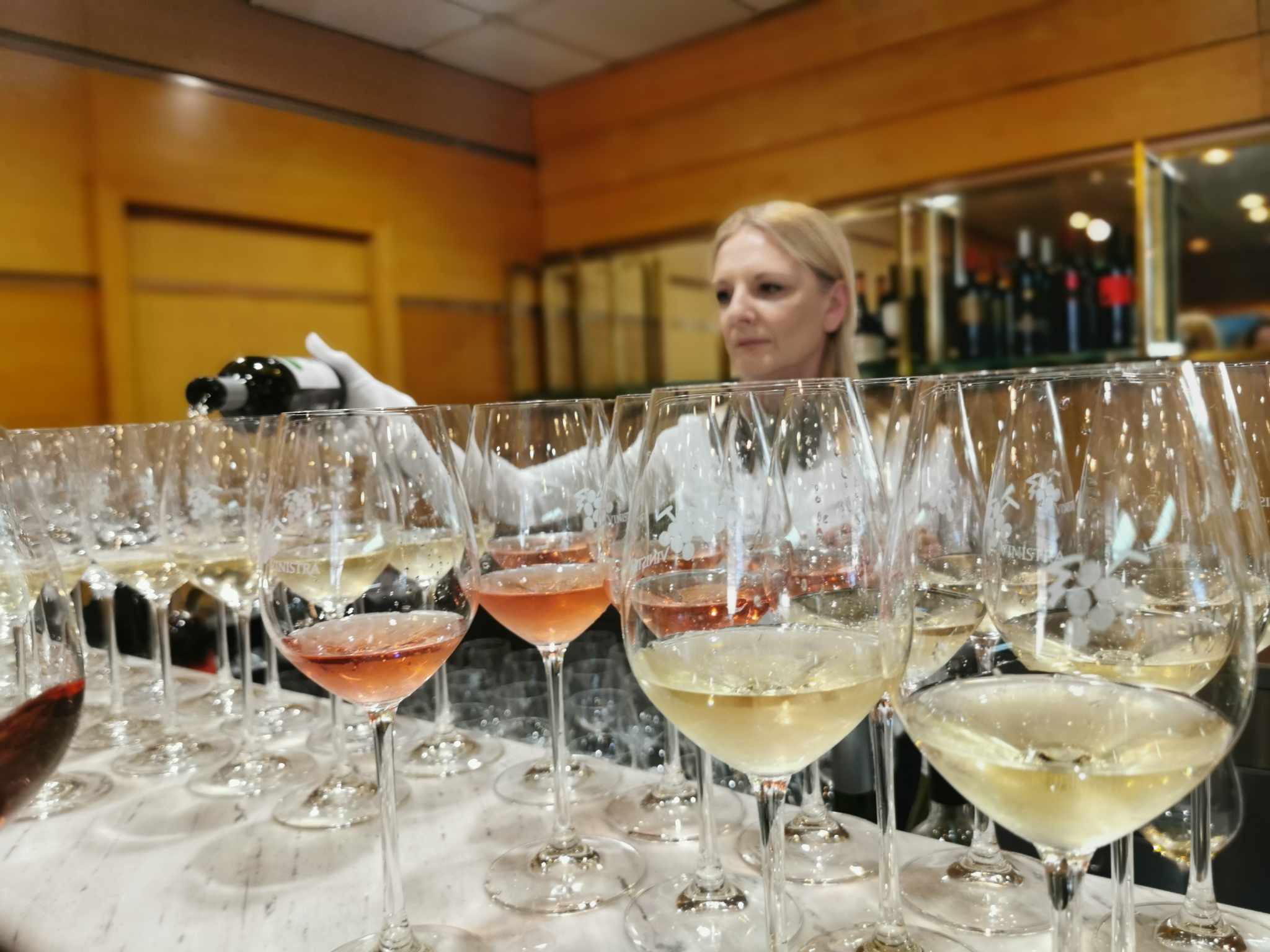News
News / 07/02/2020 / 1903
We arrive in a quiet part of Sremski Karlovci. Already from the street, we have spotted vineyards which belong to experimental estate owned by the Department of Fruit Growing, Viticulture, Horticulture and Landscape Architecture (the University of Novi Sad). The department owns an estate comprising 33 hectares, with approximately 17 hectares covered with vineyards. The plan is to add another 3.5 hectares of vineyards this year.

History
As the name suggests, the Department is not exclusively dedicated to viticulture. Its beginnings date back to 1947, shortly after the end of the Second World War, when the Provincial Institute of Viticulture and Enology in Sremski Karlovci was established. In order to optimize costs and headcount, the reform of scientific and higher education institutions was carried out in 1972, and the Institute in Sremski Karlovci became an integral part of the Faculty of Agriculture in Novi Sad. It may have been a good step for faculty and students, however, the collateral damage was scientific research. In addition to scientific work in the laboratory and experimental vineyards, the institute staff also received significant administrative and bureaucratic workload related to curriculum, student groups, etc. In those days, shortage of employees and limited budget of scientific and educational institutions came to the fore. These are the difficulties that this institution of national importance is still struggling with.
Nowadays, when the Serbian wine industry is becoming an increasingly important segment of the country's economic development, there is a growing pressure on scientific institutions to support that development with their expertise and research work. Indigenous grape varieties that have been completely marginalized until recently are suddenly becoming a hot item. And then we faced harsh reality that for decades no work has been done with regard to their clonal selection, preservation, improvement of characteristics... The exception to such practice is the work of the Department in Sremski Karlovci on selection, breeding and development of new genetically improved cultivars, registration and protection of new grape varieties. Consequently, varieties such as Morava and Probus have gained popularity among winemakers. The department still provides Morava, Probus, Sila, Panonija and other vines for winemakers who wish to expand their vineyards with grape varieties well suited to local climate.
Ampelographic collection
An important section of the Department is the ampelographic collection. An invaluable genetic resource and a witness to vine diversity of our region. The oldest part of the collection contains grape varieties from an experimental vineyard with 400 grape varieties planted in the period 1948-1950 on a nearby hill. In later years, the collection had to be relocated, and some varieties got lost forever because the plants didn't thrive in the new location or the vine grafts had wrong identity tags. The consequence of all this is that today we have only about 240 grape varieties originating from the old ampelographic collection. These include varieties such as Muscat of Banat, White Kadarka, Stanušina, Seduša, Lipolist, Furmint, Kreaca... Unfortunately, a large number of varieties mentioned by 19th century historical sources in Fruška Gora have not been preserved. The ampelographic collection also includes varieties typical of other wine regions, so students can get acquainted with varieties such as Saperavi, Kratošija, Feteasca Neagra, Pagadebit or Mourvedre. The ampelographic collection also contains the so-called "ministerial" collection, i.e. samples of all grape varieties and clones that were imported to Serbia (in accordance with regulations proscribed by the Ministry of Agriculture), so the entire collection counts more than 400 grape varieties and clones.
The collection is in perfect condition and one can see that a lot of effort has been invested into its preservation. Unfortunately, there is currently no capacity to allocate more resources to enlarge the collection or undertake research into indigenous varieties.
Now I realize that this place is constantly torn between desires and possibilities. The fact that the Department is formally part of the University of Novi Sad has its limiting factor. In addition to selling planting material, the Department also produces grapes and wine. This additionally fills the budget and reduces financial dependence on the state budget. But at the same time, these commercial jobs reduce time and resources for scientific work and further research.
Scientists and students here do numerous microvinifications, practical viticulture workshops and produce wine that can be purchased on the spot.


(Kreaca, Banat Riesling)
The future Institute of Viticulture and Enology?
In Serbia, the idea has finally materialized that we should get our national Institute of Viticulture and Enology, and it seems that Sremski Karlovci is the right address for such an institution of national importance, taking into account its activities so far. The establishment of the Institute would create conditions for more scientists to be engaged in activities that directly help development of the wine sector in Serbia. However, competition is growing in the scientific circles as well. Similar to growing competition among wineries, it is rumored that Central Serbia and Three Moravas wine region also have ambitions to be the seat of the National Institute of Viticulture and Enology. Serbian winemaking needs such an institution at this moment, and future will tell whether it will be located in Sremski Karlovci or in Central Serbia.

Tomislav Ivanović
Awarded wine writer, wine critic and contributor to selected wine magazines. WSET3-certified author and editor-in-chief of www.vinopedia.rs. Member of Vojvodina Sommelier Association. Juror in national and international wine competitions. Lecturing about wines of Serbia and the Balkans. Local partner of Wine Mosaic organization. Co-founder of International Prokupac Day.

Pročitajte i druge članke iz ove rubrike:


VINOPEDIA TOP 10 2024
PROČITAJ VIŠE


GIUAANI - VINSKI TURIZAM NA GRUZIJSKI NAČIN
PROČITAJ VIŠE


SPASIMO STARE VINOGRADE SRBIJE
PROČITAJ VIŠE


NAŠLI SMO ANTIGONU IZ ORAHOVCA
PROČITAJ VIŠE


SRPSKO VINO KOŠTA 100 EUR - I ŠTA ĆEMO SAD?
PROČITAJ VIŠE
Winner MILLESIMA BLOG AWARD 2016

Pobednik MILLESIMA BLOG AWARD 2016
VINO & FINO wine personality of the year 2016

VINO & FINO vinska ličnost godine 2016